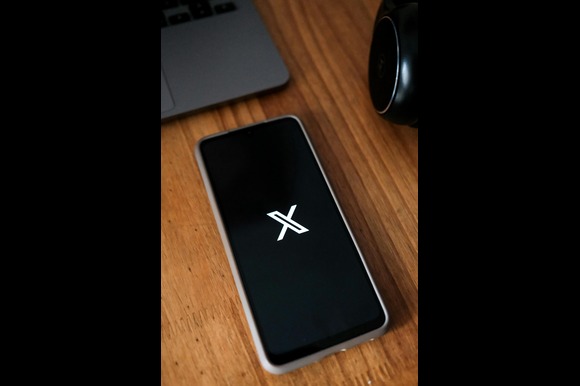
Photo by Matias Mango
Elon Musk’s X Holdings Corp. is transitioning from a social media platform reliant on traditional advertising to one that focuses on revenue from artificial intelligence and subscription services, a shift that seems to have positively impacted its recent earnings.
The platform, previously known as Twitter Inc., reported $91 million in revenue from data licensing and subscriptions in February, marking a 30 percent increase compared to the previous year, as indicated in documents provided to investors regarding a new debt offering. Although advertising revenue also saw growth, it was at a more modest rate of 4 percent, according to the same documents. A spokesperson for X chose not to provide any comments. This situation contrasts sharply with the period when Musk acquired X nearly three years ago, when the platform was heavily dependent on advertising from established blue-chip companies.
Under Musk’s leadership, that revenue stream diminished significantly due to drastic changes in the business model. While ad revenue has since stabilized, it remains at a lower level, and revenue from data licensing and subscriptions has increased, as per the investor materials. Additionally, Musk’s recent decision to merge X with his artificial intelligence venture, xAI, has further altered its strategic direction.
| Revenue source | Feb. 2024 | Feb. 2025 | Growth |
| Data licensing and subscription | $69 million | $91 million | 32 per cent |
| Advertising | $140 million | $146 million | 4 per cent |
In 2021, Twitter generated $4.5 billion in advertising revenue during its last full year as a publicly traded company before Musk’s takeover. This year, it is anticipated to achieve $2.26 billion in global ad sales, reflecting a 16.5 percent increase, as reported by Emarketer and Bloomberg.
The company’s improved metrics enabled it to secure nearly $900 million in a new equity round from Musk and other investors, valuing the company at $44 billion, which is approximately the same valuation at which he acquired it, as reported by Bloomberg. Additionally, X’s balance sheet is showing signs of improvement, with recent financial disclosures indicating that the company now holds nearly $1.1 billion in cash, a significant increase from the $120 million to $320 million range it maintained through January.
The company plans to utilize some of these funds to either pay down the $12.5 billion in high-interest debt it still owes or to invest in technology and other initiatives. However, debt remains a burden for Musk’s firm, as it incurred approximately $200 million in debt-servicing costs in March alone, according to sources who requested anonymity. By the end of 2024, the firm’s annual interest expense is projected to exceed $1.3 billion.
A debt offering led by Morgan Stanley commenced on Thursday, aimed at refinancing a costly segment of X’s buyout financing that carries a 14 percent interest rate. The banks are promoting the debt with a 9.5 percent fixed coupon, which is expected to lower costs for the company, with X anticipating a reduction in its annual interest expense by $43 million. A month prior, Musk announced that xAI, his artificial intelligence startup, had acquired X. Information provided to investors indicates that he established a holding company named XAI Holdings, which owns both X and xAI. In previous debt offerings, banks and company management highlighted X’s connection with Musk’s startup as an incentive to attract investor interest.



